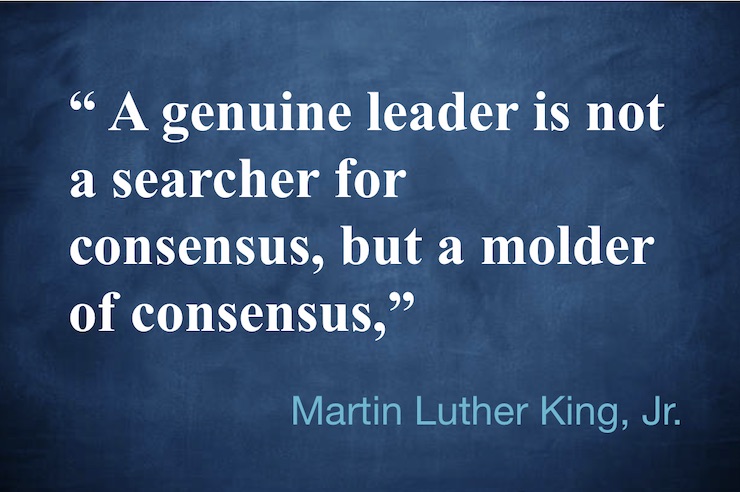Who Is Teaching Our Kids Leadership Skills?
Exploring what it means to be a leader on and off the pitch … how are we helping youth players become great leaders?
While leadership means many things, it is the capacity to turn vision into reality, to motivate with integrity and inspire — challenge with encouragement and to be wise.
Leaders are developed and sports is the perfect vehicle in which to hone these skills in youth people.
As Warren Bennis said, “The most dangerous leadership myth is that leaders are born-that there is a genetic factor to leadership. That’s nonsense; in fact, the opposite is true. Leaders are made rather than born.”
“Don’t find the fault, find the remedy”
— HENRY FORD
Parents and coaches often are terrible role models for leadership, at least on the sideline of youth soccer games when they scream, yell and have mini tantrums when a referee call does not go their way. What are adults teaching today’s youth through their actions and body language? Why do we expect youth soccer players to know how to be leaders on and off the pitch when we provide so few examples of great leadership?
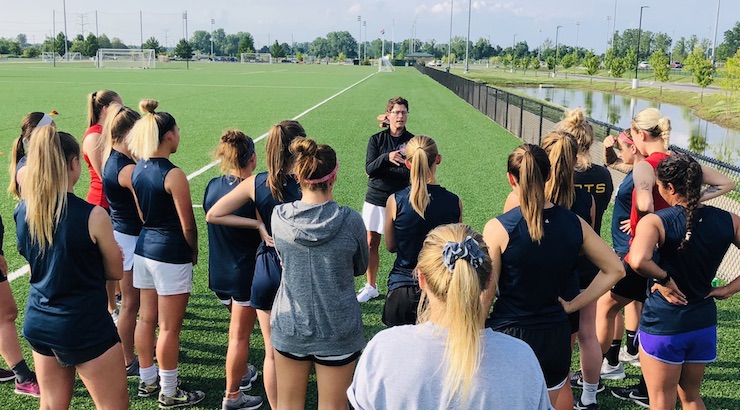
Molly Grisham has strong beliefs on supporting today’s youths to create a pathway for them to become dynamic leaders.
Being a Great Leader is a Skill and Skills Must Be Developed and Practiced
Grisham is a former college soccer coach who spent 20 years in athletics and left the collegiate world of coaching three years ago to kick off her own leadership development business.
Today she is the Owner and Lead Facilitator for Molly Grisham. Focused on what Molly says is “all the stuff that slows a team down,” she now works to develop teamwork and leadership skills with teams all over the country, as well as corporate groups, educators, really anybody who feels like they have a barrier that’s in the way.
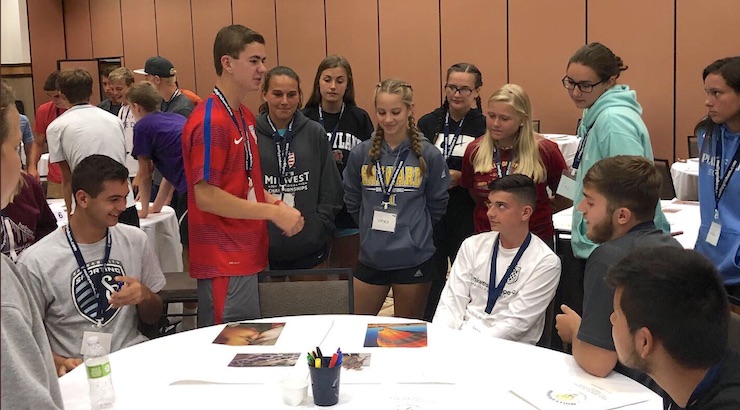
Grisham has coached at the collegiate, high school, and club levels, and 10+ years as an adjunct professor. Dedicated to developing programs which inspire and set people in motion, Grisham’s company, Molly Grisham, creates leadership development as well as custom workshops and utilizes personality assessments for personal growth. Her goal? To help people reach their goals. Workshops include Leadership is Influence, Leadership Discovery, Design Thinking —
SoccerToday Interview with Molly Grisham
Diane Scavuzzo: What do you see as the biggest stumbling block for most players? And, is there a big difference between female and male players that you work with?
Molly Grisham: A big part of what I do is to give players the skills needed to better navigate the path that they’re on.
One of the biggest challenges with players is this assumption that they understand what leadership looks like, and what skills they need to develop to be a better leader. And, the reality is, it’s not being modeled very well.
Great leadership is not taught in school, so we really just throw these talented players into the fire — and then complain that they’re not doing very well. So the biggest stumbling block for most players? They are lacking the necessary intentional skill training in the area of leadership development.
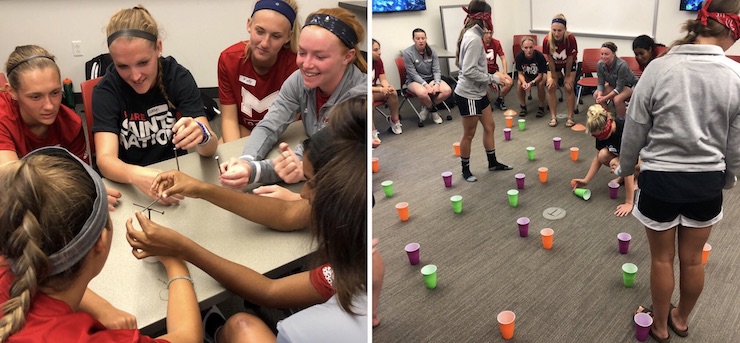
Diane Scavuzzo: Is there a big difference between female and male players that you work with?
Molly Grisham: I don’t see a massive difference between training female and male soccer players.
I think generally speaking, I can be a little more direct with some of the male players. And I would say they are a little more task oriented. Working with female teams is a little bit more relational, but I think to be a healthy leader, you need both a balanced of task oriented skills and relational skills.
Diane Scavuzzo: When you say that we don’t provide our youth soccer players with good leadership role models, what do you believe most of our youth see when they are out on the pitch? Why don’t the adults on the sideline realize they’re not modeling great behavior?
Molly Grisham: The sport of soccer has become such a financial investment for so many people that this changes the sport experience. Part of the challenge is we’re not doing a very good job of modeling good leadership behavior to our young soccer players.
It’s clubs that are making a lot of money and it’s parents that are spending a lot of money and it’s the dreams of a big scholarship that perpetuates this.
I think we’ve lost sight of the transferrable life skills that the sport experience teaches young people.
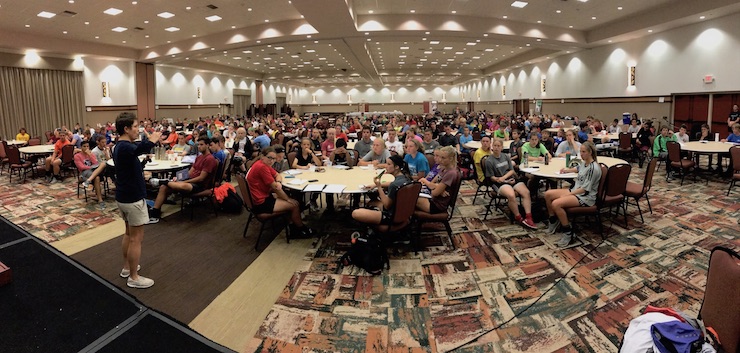
But we’re also not giving them an opportunity to practice leadership skills. Just like when we teach a technical skill, we put a ball at the players’ feet and we let them physically practice the skill. We need to do a better job of providing young people with
Diane Scavuzzo: Do youth soccer club’s realize their role in developing leaders?
Molly Grisham: I had a club director call me a few weeks ago and he was frustrated that the players who had grown up in the club hadn’t really taken ownership of the club. And I said, well, what have you asked them to take ownership of? And he said, “What do you mean?” I asked, “Well, do you have a junior board. Do you have players who serve on a committee when you’re at a tournament? Do the players write any of the content for your newsletter?”
And he said, “Oh my gosh, we totally missed the mark. Why would we expect them to take ownership of something when we have never opened that door and provided that for them?”
So I think we have to be more intentional — and allow players the opportunity to practice their leadership skills in a safe environment.
Diane Scavuzzo: When you discuss leadership skills, what makes up a good leader? What are the leadership skills that you believe are important in today’s world?
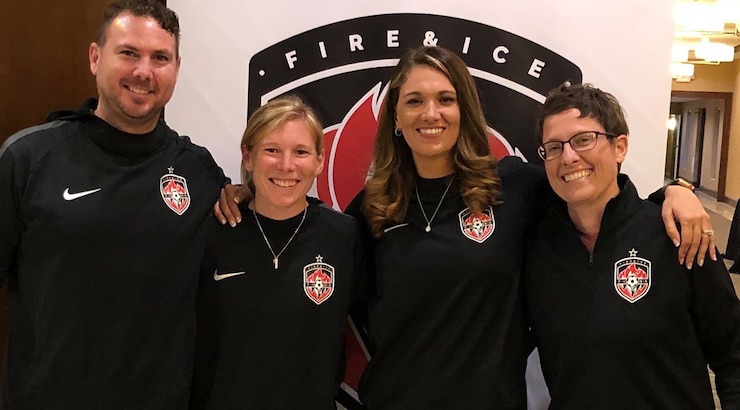
Molly Grisham: For me, leadership skills fall into two categories.
Task oriented skills — the skills that help you get something done.- Relational skills — the skills we used when we connect with other people.
Many leaders have a natural sense that gravitates towards one of these skills, but great leaders develop skills in both areas.
Diane Scavuzzo: What is a really important skill for an effective leader?
Molly Grisham: I think communication skills are number one on that list right now, particularly for young people. They’re really good about communicating on cell phones. But that face to face interaction, and being able to read the body language of someone else is often not developed. Science tells us body language takes priority over words, and we’re not giving young people a lot of opportunities to really think about body language and practice reading body language or working on their own.
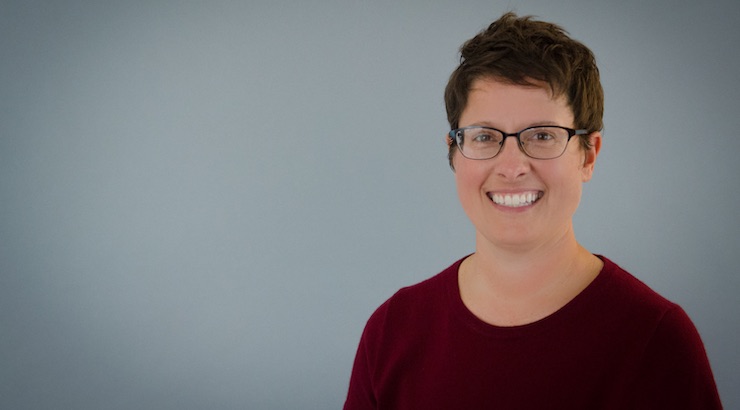
After communication comes developing a sense of resiliency. To me, resiliency is all about having a commitment to a process regardless of current outcome.
We’ve got to put today’s youth soccer players in situations where they can fail, where they can stretch themselves, and where they can learn how to bounce back while staying committed to a process.
Another skill that would certainly make my top 10 list is a sense of servant leadership — this is really having an awareness of others. Servant leadership recognizes that when we help support others, the whole group is better.
It can be very easy as a leader to shift into a “me first” mindset. I often talk with young leaders about leading from multiple places and being able to lead from the front and from the middle and from the back. And I think good leaders have an awareness of what others need and are willing to shift their leadership style to help them.
Diane Scavuzzo: Can you tell me a little bit about your business model. How does it work?
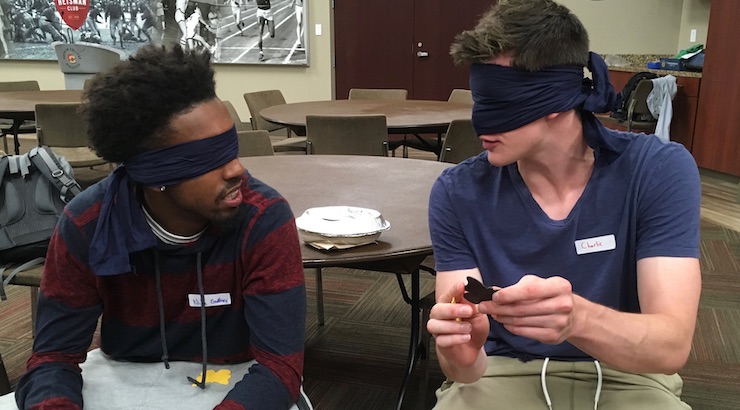
Molly Grisham: Sure —75% of my clients are college athletic teams and the other 25% are corporations, nonprofits, clubs, and educators. A lot of what I do are leadership development workshops. My workshops are all very interactive and participatory. A coach will call and say, “Hey, I’m really struggling with our players’ communication,” and I’ll design a series of activities — what feels like fun games and come in and take them through those processes.
The magic happens when we debrief those activities and begin to unpack reactions. Typically, a coach says to me, “That girl’s never spoken,” or “He’s never stepped up and led in that way. How did you make that happen?”
It’s easy for me as a facilitator, as a neutral person who doesn’t control their playing time, doesn’t control their role on the team to really ask some hard questions and to provide a safe environment where the players can talk.

My belief is the players have the answers. We just have to provide the questions and the space that safe enough for them to be able to talk about that. It’s really a natural progression of very experiential learning. I think athletes particularly are very kinesthetic in nature. They learn by doing.
Diane Scavuzzo: How do we teach leadership in a team environment?
Molly Grisham: It’s looking for ways to give players ownership of their practice.
I always struggled, as a college coach, with what to do when my players got to practice early. They love soccer, they want to grab a ball, they want to start knocking it around.
But I was always worried, are they going to try to play a ball 60 yards and pull a hamstring?
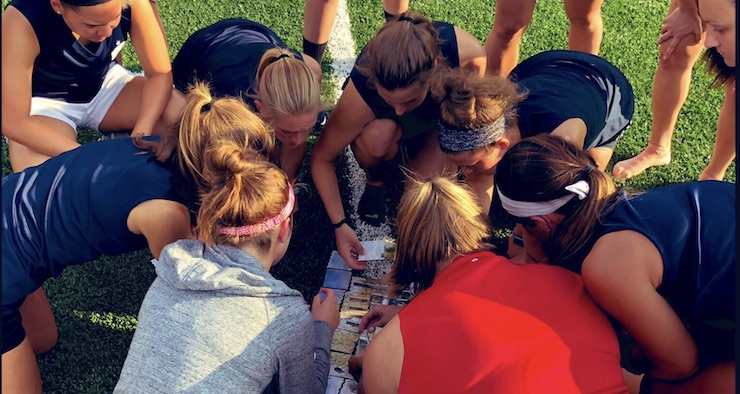
My last couple of years of coaching, we ask our players if they get to the field early to set up a small field, play two on two with whoever’s there. And, as more players come, to then start playing 3v3 play, then 4v4 in a tight space. This way, they’re not going to hurt themselves stretching to serve a long ball. What happened was our players had to make decisions about what size the field should be and now when it became 8v8 in a small area, if they should we set up a second field — plus decide who’s on what team and how do they manage all those decisions.
I did none of that as a coach. It wasn’t until practice officially started that I made any decisions.
Of course, there were times when I would go out and watch them play 1v1 on a field that was way too big. Or, I would come out and they’d be playing 8v8 and the field was way too small. But it wasn’t for me to say. It was for them to figure that out. And for one of them to step up and say, “This isn’t working. We should split into two groups or we should make this field smaller and make this field bigger.” But, if I didn’t give them the opportunity to have some ownership and make decisions, it certainly wasn’t going to happen.
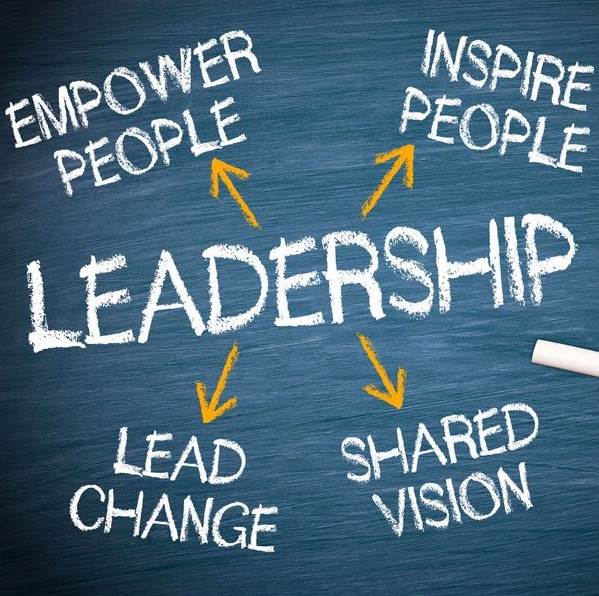
Diane Scavuzzo: Do you think most college coaches have the time to teach leadership? Or are they too busy trying to win?
Molly Grisham: I think that’s a part of it. They haven’t been able to become an expert in leadership skills because they have become an expert in teaching Xs and Os.
Many college coaches haven’t been able to study leadership at a high level because their plates are so full — so, when I left coaching, I was able to commit myself full-time to studying and diving deep into leadership, figuring out ways to teach these important skills, and then helping coaches implement what I’ve learned. It’s a great
It is about the lightbulb moments.
I also think there is value in having a neutral person who can come in and teach leadership skills for players because so many players look at their head coach and there is a natural hesitancy — players think, “If I fail the leadership, how’s that going to affect my role on the team?”
